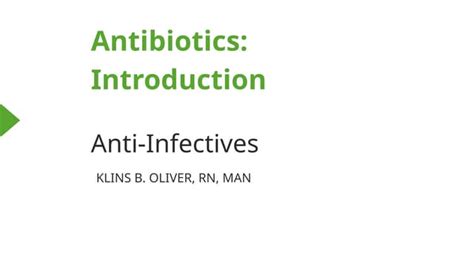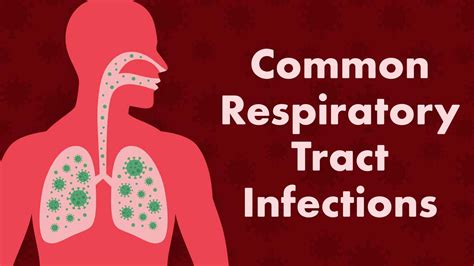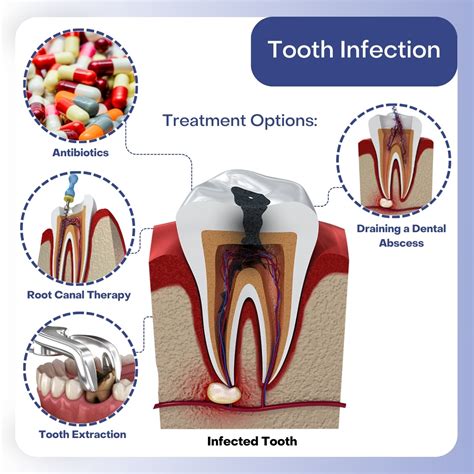Intro
Discover 5 uses of penicillin, a lifesaving antibiotic, including treating bacterial infections, pneumonia, and skin infections, while exploring its role in modern medicine, pharmacology, and disease prevention.
The discovery of penicillin by Alexander Fleming in 1928 revolutionized the field of medicine, particularly in the treatment of bacterial infections. Penicillin, a naturally occurring antibiotic, has been widely used to combat a range of diseases, from minor skin infections to life-threatening illnesses. In this article, we will delve into the 5 main uses of penicillin, exploring its benefits, working mechanisms, and practical applications.
Penicillin has been a cornerstone in the treatment of bacterial infections for nearly a century. Its effectiveness in killing bacteria has saved countless lives and improved the quality of life for millions of people worldwide. The importance of penicillin cannot be overstated, as it has enabled medical professionals to treat a wide range of diseases, from pneumonia and tuberculosis to strep throat and skin infections. With the rise of antibiotic-resistant bacteria, the responsible use of penicillin is crucial to ensure its continued effectiveness.
The discovery of penicillin has also led to the development of new antibiotics, which have further expanded the arsenal of medicines available to treat bacterial infections. The impact of penicillin on modern medicine has been profound, enabling doctors to treat diseases that were previously often fatal. As we explore the 5 main uses of penicillin, it becomes clear that this antibiotic has played a vital role in shaping the field of medicine as we know it today. From treating common infections to combating life-threatening diseases, penicillin has proven to be a versatile and invaluable tool in the fight against bacterial infections.
Introduction to Penicillin

How Penicillin Works
Penicillin works by binding to the bacterial cell wall, preventing the formation of a critical component called peptidoglycan. This component is essential for maintaining the structural integrity of the bacterial cell wall. Without peptidoglycan, the bacterial cell wall is weakened, and the cell eventually bursts, leading to the death of the bacteria. Penicillin is most effective against bacteria that are actively growing and dividing, making it an ideal treatment for acute infections.Treating Respiratory Tract Infections

Benefits of Penicillin in Respiratory Tract Infections
The use of penicillin in treating respiratory tract infections has several benefits, including: * Rapid reduction in symptoms, such as cough, fever, and shortness of breath * Decreased risk of complications, such as lung abscesses or empyema * Reduced risk of transmission to others, as the bacterial load is decreased * Improved quality of life, as patients can return to their normal activities soonerTreating Skin and Soft Tissue Infections

Practical Applications of Penicillin in Skin and Soft Tissue Infections
The use of penicillin in treating skin and soft tissue infections has several practical applications, including: * Treatment of minor skin infections, such as impetigo or folliculitis * Management of more severe infections, such as necrotizing fasciitis or gas gangrene * Prevention of infection in surgical wounds or traumatic injuries * Treatment of infections in immunocompromised patients, such as those with diabetes or HIV/AIDSTreating Dental Infections

Benefits of Penicillin in Dental Infections
The use of penicillin in treating dental infections has several benefits, including: * Rapid reduction in symptoms, such as pain, swelling, and fever * Decreased risk of complications, such as tooth loss or spread of infection to other parts of the body * Improved oral health, as the bacterial load is decreased * Reduced risk of transmission to others, as the bacterial load is decreasedTreating Ear, Nose, and Throat Infections

Practical Applications of Penicillin in Ear, Nose, and Throat Infections
The use of penicillin in treating ear, nose, and throat infections has several practical applications, including: * Treatment of acute otitis media, reducing the risk of complications such as mastoiditis or meningitis * Management of chronic sinusitis, reducing the risk of complications such as orbital cellulitis or cavernous sinus thrombosis * Treatment of pharyngitis, reducing the risk of complications such as rheumatic fever or glomerulonephritisTreating Other Infections

Benefits of Penicillin in Treating Other Infections
The use of penicillin in treating other infections has several benefits, including: * Rapid reduction in symptoms, such as fever, headache, and confusion * Decreased risk of complications, such as brain damage or death * Improved quality of life, as patients can return to their normal activities sooner * Reduced risk of transmission to others, as the bacterial load is decreasedWhat is penicillin and how does it work?
+Penicillin is a beta-lactam antibiotic that works by inhibiting the growth of bacterial cell walls. It is effective against a wide range of Gram-positive and Gram-negative bacteria.
What are the common uses of penicillin?
+Penicillin is commonly used to treat respiratory tract infections, skin and soft tissue infections, dental infections, ear, nose, and throat infections, and other infections such as meningitis and septicemia.
What are the benefits of using penicillin?
+The benefits of using penicillin include rapid reduction in symptoms, decreased risk of complications, improved quality of life, and reduced risk of transmission to others.
What are the potential side effects of penicillin?
+The potential side effects of penicillin include allergic reactions, diarrhea, nausea, and vomiting. It is essential to consult a healthcare professional before taking penicillin, especially if you have a history of allergies or sensitivities.
How can I ensure the responsible use of penicillin?
+To ensure the responsible use of penicillin, it is essential to follow the prescribed dosage and duration of treatment, complete the full course of treatment, and avoid sharing penicillin with others.
In conclusion, penicillin has been a vital tool in the treatment of bacterial infections for nearly a century. Its effectiveness in killing bacteria has saved countless lives and improved the quality of life for millions of people worldwide. As we continue to face the challenges of antibiotic resistance, it is essential to use penicillin responsibly and to explore new ways to combat bacterial infections. We invite you to share your thoughts and experiences with penicillin in the comments below, and to spread the word about the importance of responsible antibiotic use. Together, we can ensure that penicillin remains a valuable tool in the fight against bacterial infections for generations to come.
